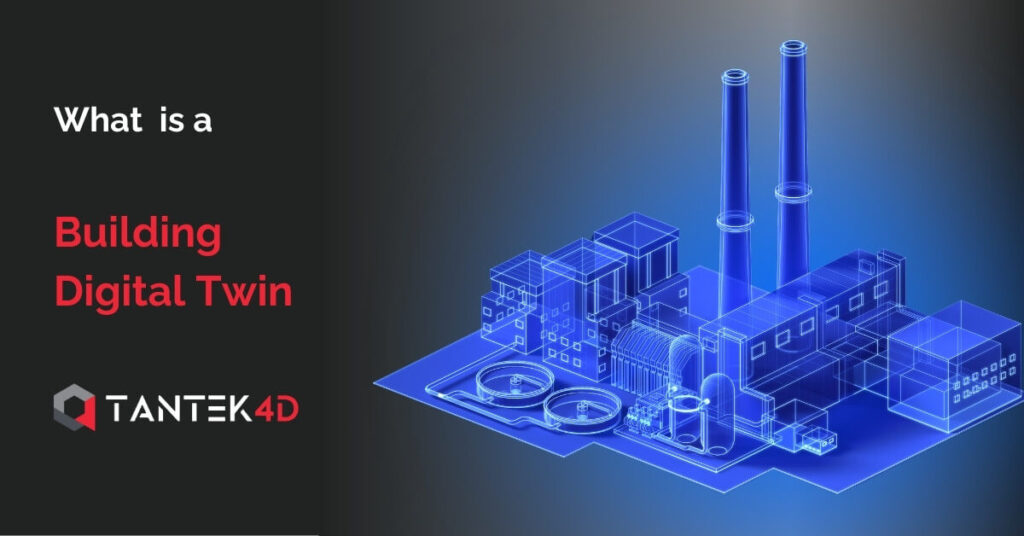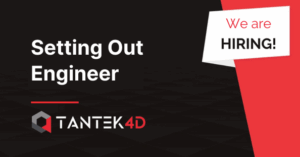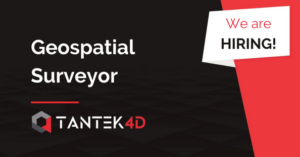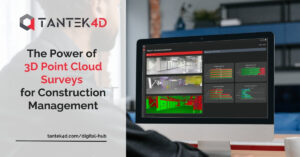A digital twin is a virtual replica of something that exists in the real world. Examples include objects, machines, structures, or processes. Digital twin technologies are used for a range of purposes, from medical devices to Formula 1 cars to advanced manufacturing lines. Digital twin technologies are also used in construction, facilities management, and related processes in the form of building digital twins.
As a result, a building digital twin is a virtual replica or 3D digital representation of a physical building or facility. They are created using historical information and vast amounts of data captured in real time using advanced scanning technologies.
In this blog, we’ll look at why building digital twins are important, what they are used for, and how they are created.
Building Digital Twins Explained
Buildings are in a continuous state of change. This applies to all buildings and facilities, but changes are even more pronounced in large and complex buildings. The changes that buildings go through are the result of everything from large-scale construction projects to small repair jobs.
The teams and professionals working on those projects and jobs, large and small, need accurate information and data. This includes measurements, equipment specifications, procedures, safety notices, and more. As buildings are in a continuous state of change, that information and data are almost always out of date, inaccurate, and/or incomplete.
A building digital twin is a 3D, interactive, and highly accurate digital representation of your building and facility. It ensures teams have access to up-to-date, accurate, and complete building data.
A building digital twin can be used to take measurements or conduct a virtual walkthrough. You can see through walls or under the ground to identify services, pipes, cables, and structural information. Actual construction data can be identified and used, while equipment specification details, safety guidance, security protocols, and other information are immediately visible.
Examples of How Building Digital Twins Can Be Used
- Construction project design, planning, and project management, with enhanced collaboration within projects and across multi-function teams.
- Workflow and process optimisation.
- Staff training, especially health and safety training.
- Predictive analysis, scenario simulation, and performance optimisation.
- Issue identification and resolution.
- Predictive maintenance.
Developing a Building Digital Twin
The capabilities of digital twin technologies are vast in scope, but most organisations take a phased approach to the development of a building digital twin. While every building, facility, organisation, and project is different, there are three main phases in the development of a building digital twin.
Crucially, each phase delivers a range of tangible benefits, both in day-to-day operations and on construction projects. In other words, you don’t have to wait until you reach Phase Three of your building digital twin journey to start seeing benefits.
Instead, the benefits to your organisation, construction project, and facilities management operations will be tangible from the implementation of Phase One.
Three Phase Building Digital Twin Roadmap
Phase One – Asset Reality Capture
Asset Reality Capture involves using a range of technologies to capture millions of data points on your building or facility. Those technologies include laser scanning, survey control networks, and GPR utility mapping / concrete scanning, with the latter used to capture data from non-visible and inaccessible locations.
The captured data is then registered, processed, and georeferenced, before being hosted on a cloud-based platform for you and members of your team to use and access. The outputs from the platform are compatible with all 2D and 3D software programs, making the digital twin immediately usable in your projects.
Phase Two – Data Integration
The data integration phase involves connecting the digital twin created in the Asset Reality Capture phase with real-time data points. This includes sensors in your building and its various components. It also includes integrating the digital twin with design information from architects and engineers, material specifications, inspection reports, and more.
This phase enhances real-time capabilities as your digital twin is constantly updated with live data directly from the building and other relevant sources. This real-time capability further enhances facility management and helps to improve efficiency, reduce costs, and achieve organisational objectives.
Phase Three – Autonomous Digital Twin
An autonomous digital twin further deepens the connection between the virtual representation of your facility and the structure itself. Communication between sensors and other data points is two-way, allowing data to not only be sent from the physical building to the digital twin, but also from the digital twin to the physical building.
This enhances the management of your facility and projects and enables automated decision-making on equipment performance, maintenance, energy conservation, and more. Autonomous digital twins can also incorporate artificial intelligence (AI) technologies.
Getting Started with a Building Digital Twin
If you are involved in managing a large building complex or facility, such as a factory or data centre, a building digital twin will deliver a range of benefits. The starting point is Asset Reality Capture. Asset Reality Capture is Tantek 4D’s solution for capturing the data points in your building and creating Phase One of your building digital twin. To learn more and arrange a consultation, get in touch with one of our engineers today.




